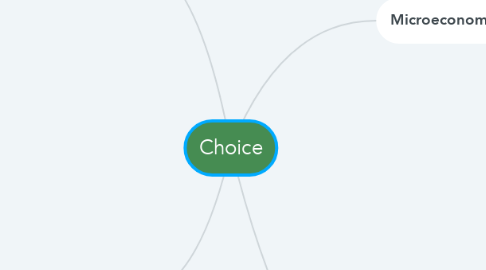
1. Macroeconomics
1.1. Government macroecnomic objectives
1.1.1. unemployment
1.1.1.1. trade-off between unemployment rate and inflation rate
1.1.1.1.1. Phillips curve
1.1.2. inflation
1.1.3. economic growth
1.1.3.1. opportunity cost of government spending
1.1.4. equity in the distribution of income
1.1.4.1. trade-off between equity and efficiency
1.2. Government budget
1.2.1. Government spending
1.2.1.1. Where to spend on
1.2.2. Government revenue
1.2.2.1. how to change the level of taxation
2. The Global economy
2.1. International trade
2.1.1. Protectionism
2.1.2. Free trade
2.1.2.1. More competition
2.1.2.1.1. Customers benefit
2.1.3. Specialisation
2.2. Exchange rate
2.2.1. Choice of exchange rate system
2.2.1.1. Comparative advantage
2.2.1.2. Freely floating exchange rate system
2.2.1.3. Fixed exchange rate system
2.3. Economic development strategies
2.3.1. Trade strategies
2.3.2. Market-based solutions
2.3.3. Interventionist solutions
2.3.4. Foreign aid
2.3.5. Multilateral development assistance
3. Introduction to Economics
3.1. Scarcty
3.1.1. Finite resources to satisfy infinite human wants
3.1.1.1. Choice have to be made in all economies
3.1.1.2. Production possibility curves
3.1.1.2.1. Capital goods
3.1.1.2.2. Consumer goods
4. Microeconomics
4.1. firm choices
4.1.1. Business objectives
4.1.1.1. Profit maximization
4.1.1.1.1. decision making over output and price
4.1.1.2. Revenue maximisation
4.1.1.3. Growth maximisation
4.1.1.4. Satisficing
4.1.2. 3 basic economic questions
4.1.2.1. What to produce
4.1.2.2. How to produce
4.1.2.3. For whom to produce
4.1.3. Price elasticity of demand
4.1.3.1. Pricing decision of firms
4.1.3.1.1. PED>1 , should reduce the price
4.1.3.1.2. 0 < PED < 1 , should raise the price
4.2. Market equilibrium
4.2.1. price mechanism
4.2.1.1. supply
4.2.1.2. demand
4.3. household choices
4.3.1. Utility maximization
4.3.2. market efficiency
4.3.3. Consumption up to P = MB
4.3.4. Behavioural Ecoomics
4.4. Government choices
4.4.1. Government intervention
4.4.1.1. Indirect taxes
4.4.1.2. Subsidies
4.4.1.3. Price controls
4.4.1.4. Regulations
4.4.1.5. Direct provision

